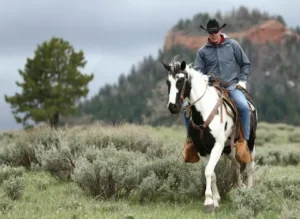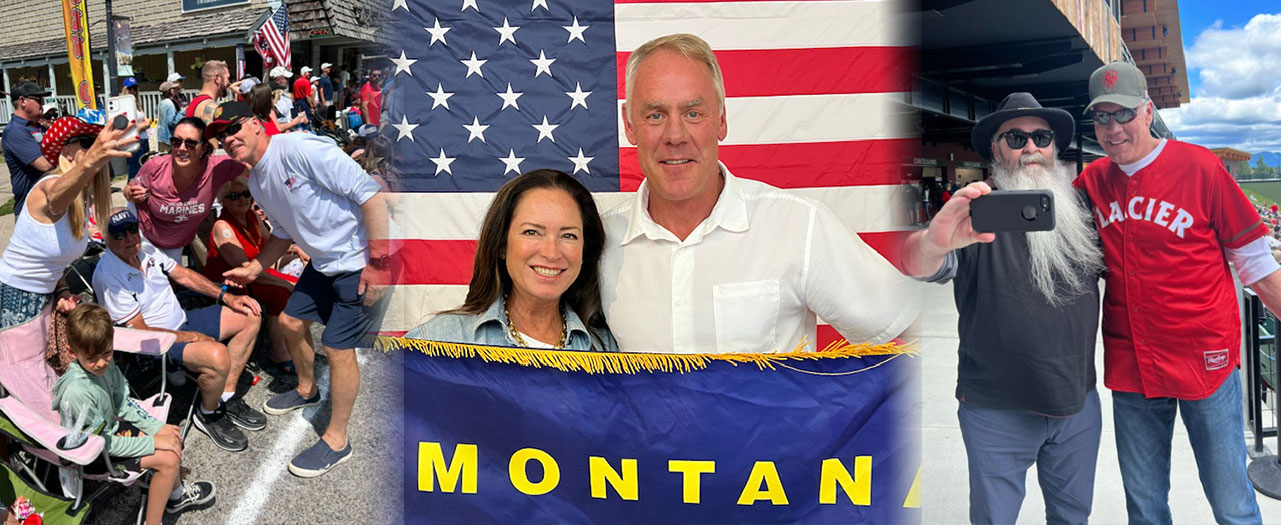Ryan Zinke knows that Montana’s economy and heritage is tied to our love of our land, and that public access and multiple use of our public lands is key to protecting that heritage. Monica Tranel on the other hand is a radical environmental lawyer who would rather give away access and control of our public lands to her radical environmentalist clients than allow traditional multiple use of the land.

During his first term back in Congress, he introduced the Public Lands in Public Hand Act, banning the sale or transfer of federal lands, and the Fill the Lake Act requiring federal water managers keep Flathead Lake at full pool all summer. He also introduced two bipartisan bills to promote public-private-partnerships to protect migration corridors of Montana’s iconic big game species like elk, mule deer and antelope – benefitting wildlife and sportsmen alike. These bills built off his work as Secretary where he created the first federal program for migration corridors, expanded hunting and fishing opportunities on more than two million acres of federal lands and waters, and introduced legislation that made historic investments to rebuild our National Parks and Forests infrastructure.
Zinke has also focused his first term on ensuring traditional multiple use of the land is maintained to support Montana’s rural communities. Stopping frivolous lawsuits from radical environmental organizations is key to that. The House passed Zinke’s legislation creating a litigation strike force team to go against serial litigants and his legislation to delist the grizzly bear. Zinke also worked as secretary to reform the Endangered Species Act so that it can no longer be weaponized by the radical left and instead focus on species in the most need of recovery efforts.
